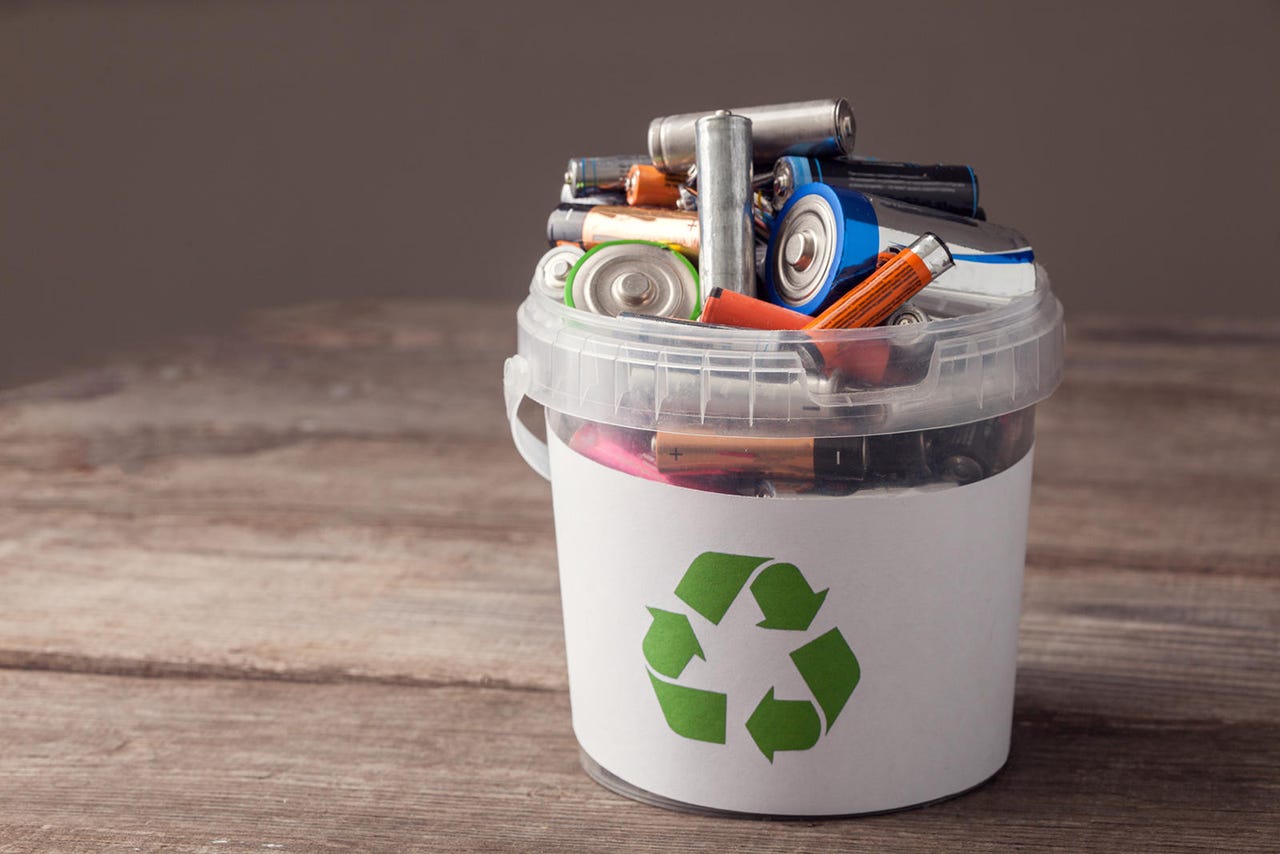CSIRO: Australia is missing out on AU$3.1b industry in lithium-ion battery recycling


A new report prepared for Future Battery Industries Cooperative Research Centre (FBICRC) by the Commonwealth Scientific and Industrial Research Organisation (CSIRO) has identified there are 18 opportunities to improve the way lithium-ion batteries (LIB) are recycled in Australia.
The Australian Landscape for Lithium-Ion Battery Recycling and Reuse in 2020 report [PDF] highlighted that Australia is possibly missing out on valuable battery metals and materials used in LIBs, which translates to AU$603 million to AU$3.1 billion in total lost value due to "poor LIB collection rates, offshore recycling, and landfilling of the LIB battery waste".
Research previously conducted by CSIRO in 2018 showed that while Australia recycles 98% of lead acid batteries, only 10% of LIB waste is recycled, and that was predicted to grow by 20% each year and exceed 100,000 tonnes by 2036.
The report stated that second life batteries could be used for small size energy applications, as well as industrial applications to support renewable energy sources such as wind, solar, and transmission.
"The conundrum we face in Australia is that we don't currently have the volume of spent lithium-ion batteries to justify significant investment, but we want to keep LIB's out of landfill to prevent environmental damage and retain those valuable battery materials in our economy," said FBICRC program lead and University of Melbourne enterprise fellow Jo Staines.
Following a coordinated survey by CSIRO with more than 30 stakeholders, including manufacturers, importers and retailers, the battery recycling industry, policy and regulatory bodies, not-for-profits, and researchers, the report lists out ways that Australia could improve end-of-life waste management of LIBs.
These suggestions include improving labelling and barcoding, or QR code requirements for battery cells; addressing the risks associated with transporting and storing batteries; increase consumer collection facilities; provide technology advancement technology support for battery value chain in Australia not only in mining and primary material processing, but also downstream in the battery manufacturing, maintenance, and end-of-life treatment; and provide technology development and support to improve materials recycling efficiency.
The report also put forward that there is an opportunity to extend the National Product Stewardship for all batteries and assistance for state governments to established regulations, noting that current regulations on waste battery treatment differ from state and territories.
Additionally, the report recommends a strategy should be developed at federal level for the next 25-plus years to investigate regulations regarding keeping waste onshore, investigate associated economic and environmental impacts, and identify the role of regulatory changes versus industry-led changes needed.
"The demand for lithium-ion batteries is increasing globally, fuelled by the increasing electrification of transport and the renewable energy generation storage sector," report lead author Dr Anand Bhatt said. "This growth is leading to an emerging problem of end-of-life waste management."
Related Coverage
Monash claims 'most efficient' lithium-sulphur battery
The battery is touted as being capable of charging a smartphone for five continuous days.
ARENA throws cash at trialling small wind turbines to power telco towers
Wait until the conspiracy theorists learn about this Voltron-like combination of absolutely not mind-altering devices.
Sydney Uni researchers turn durian and jackfruit waste into charging packs
It could be an alternative way to charge electronics such as mobile phones, tablets, and laptops.
CSIRO: Lithium-ion battery waste to exceed 100,000 tonnes by 2036
Only 2 percent of Australia's annual 3,300 tonnes of lithium-ion battery waste is recycled, but the CSIRO reckons 95 percent of it can be.